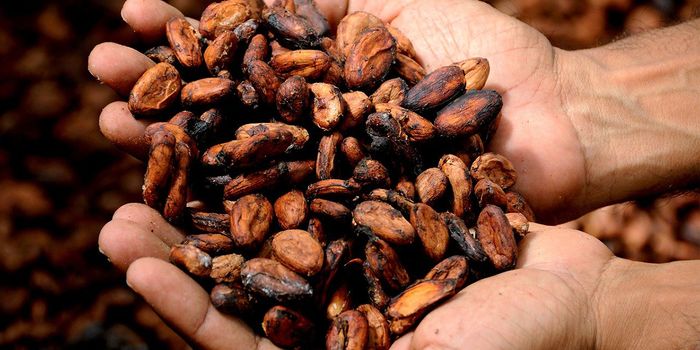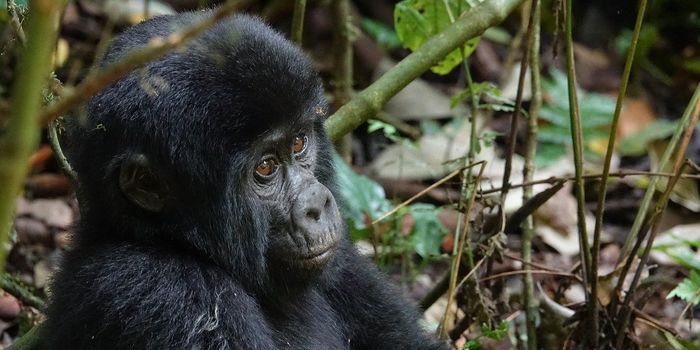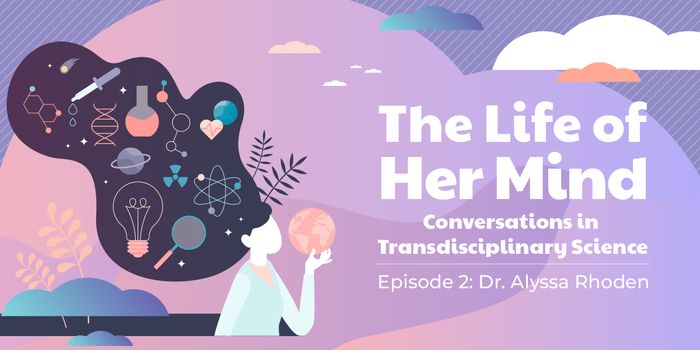How Much of the Human Genome is Just Junk DNA?
The human genome is made up of individual nucleotide bases, symbolized by the letters A, T, G, and C. 23 chromosome pairs contain 3.2 billion or so base pairs and within that sequence lie around 20,000 genes. Most genes are instructions for making a protein; some are regulatory (as explained in the video). But there is a lot of other stuff aside from protein-coding genes in the human genome because genes only comprise about one percent of the genome. So what’s up with the other 99 percent?
When genetics research was in its early years, all that extra genetic material was written off; it earned the name junk DNA. Over the years, some studies have found that portions of that so-called junk actually contains sequences that help control gene expression. Some portions of the genome are leftovers from ancient viral infections or gene duplications. There is debate about how much of the genome is functional, and what the term ‘functional’ even means in the context of the genome. Before we settle on a final answer, there will probably be many more years of research.








